Market Exposure
Refers to the amount of a portfolio invested in a specific market sector, industry, or stock demonstrated as a risk percentage.
Investing is not just a hobby; it has become a sophisticated and facts-based activity. Today, investors can calculate the level of risk their investments are exposed to and to what extent they can take such risks.
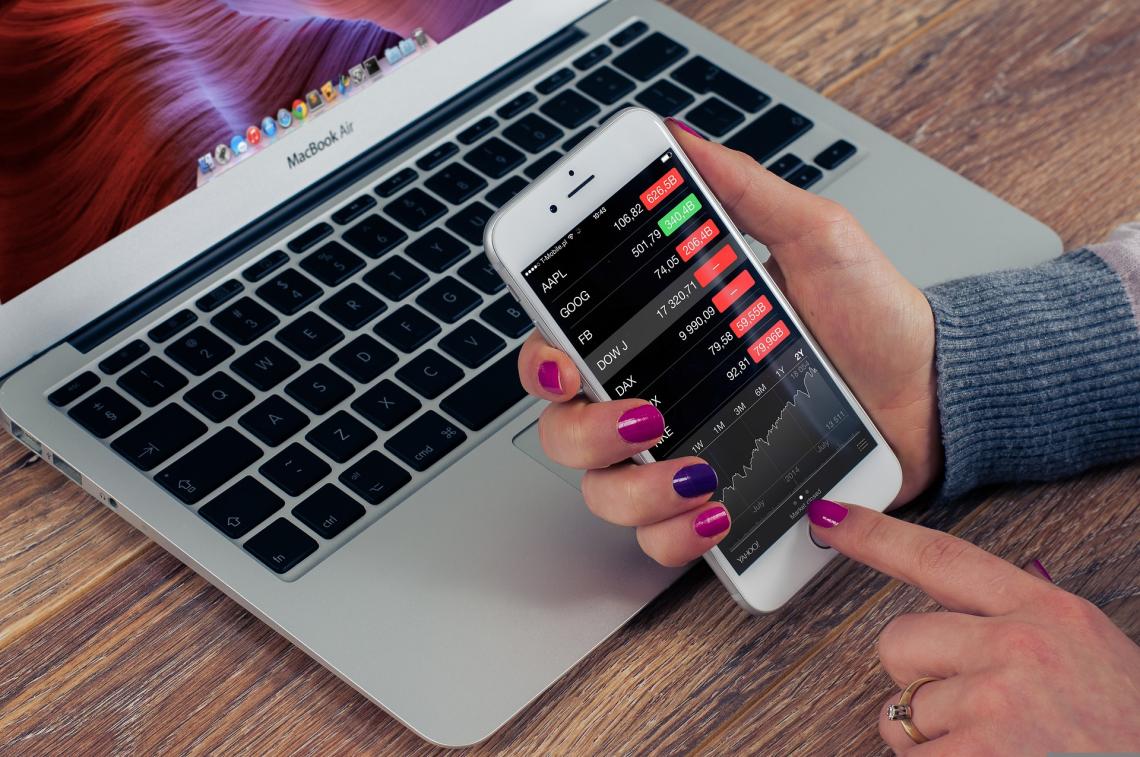
To be successful at investing, you must understand the markets you are engaging with and their dynamics. However, some essential elements in trading are the ability to analyze the level of risk you are exposing yourself to and your ability to anticipate losses in some scenarios.
Investors run analyses to read market trends to help determine an investment's risk. Brokerage firms can do this for their clients by conducting professional trading activities on the client's behalf to mitigate the know-how risk.
Even when using trend analysis tools to anticipate future trends, outcomes are always vague; a stock can have a strong opening but plummet by its closing time. As an attempt to counter this uncertainty, investors today apply a concept that is called diversification.
It simply means, "do not put all your eggs in one basket." Instead, investors and traders create funding portfolios to finance different sectors, commodities, and assets.
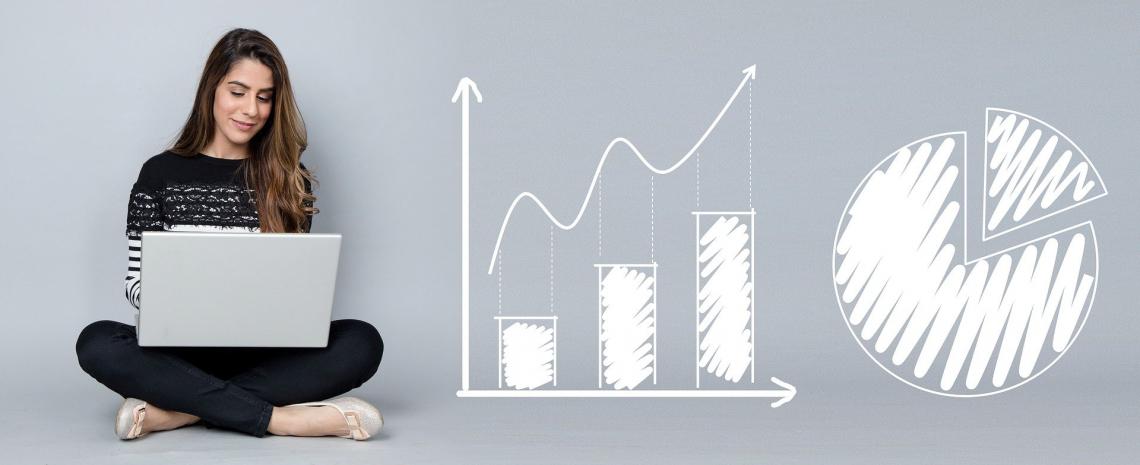
This allows them to mitigate the risk of investing in one market, commodity, or asset. It also allows them to gain higher profits from one sector if the other loses. This will lead them to hedge, investing in inversely correlated assets.
For instance, asset B's price decreases when asset A's price increases. This differs from diversification, as diversification means investing in various assets, regardless of correlation.
As previously mentioned, when you invest in any business activity, you expose yourself and your capital to market risks. This risk or exposure has a known term called market exposure which applies to any investor or trader.
What is market exposure?
It refers to the amount of a portfolio invested in a specific market sector, industry, or stock demonstrated as a risk percentage. It also refers to the amount of money invested in a particular security or an industry which is also demonstrated as a percentage of the portfolio as a whole.
Exposure can also be referred to as risk. To an investor, this percentage or amount of dollars invested in a certain market, stock, industry, or security represents the amount that could be at risk if this investment made losses rather than profits or gains before its ending period.
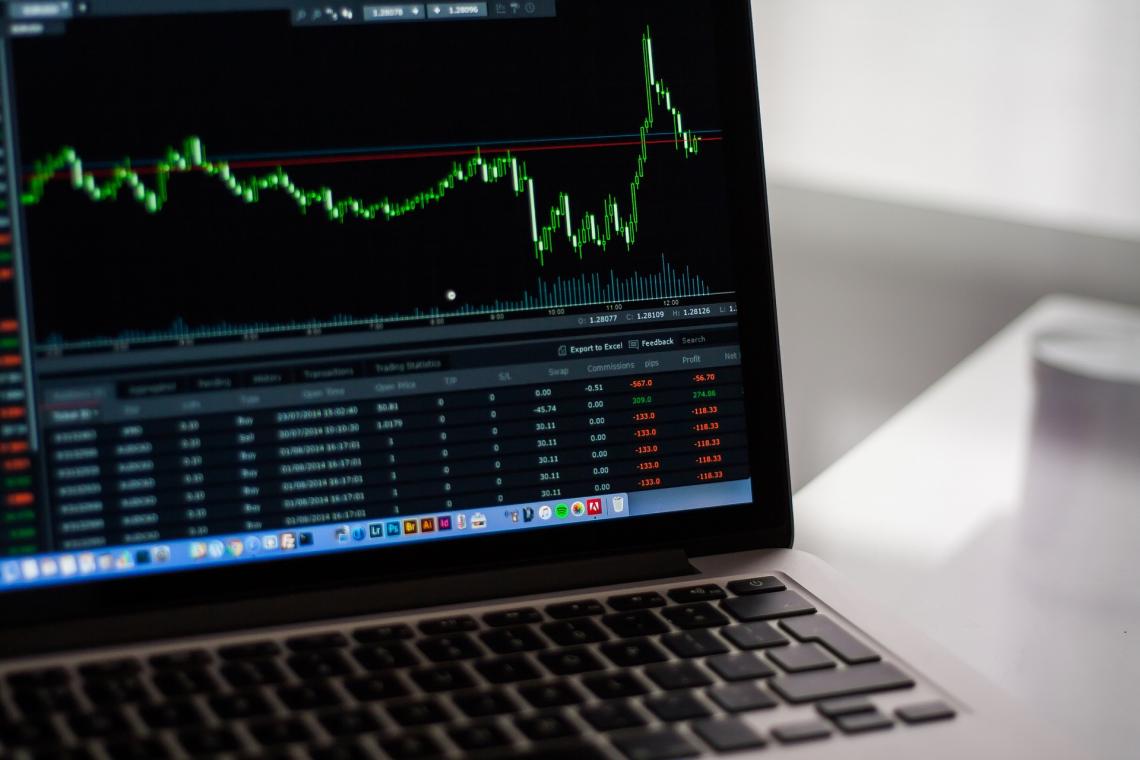
As it is represented as a percentage, it enables investors to monitor their portfolios and performance throughout daily, weekly, monthly, or annual assessment periods. It also allows them to understand their investments through a clearer lens.
In addition, it provides investors and traders with valuable insights like which investments are making higher yields than others and which are making losses beyond the anticipated level. These insights allow them to adjust their portfolios and investments accordingly.
Higher percentages of exposure mean a higher risk. For instance, let's assume you have a portfolio of investments equal to $10,000.
You have an investment in this portfolio of bought shares from company YX at $200. Therefore, your exposure from this specific investment is 2% of your total portfolio.
Types
Handling exposure can differ from one business activity or engagement to another. For instance, dealing with investment exposure would not be the same as dealing with bond exposure.

This is because these two business activities are different- the return on investment period alongside other differences.
We will go through different types of exposures and the approach to implementing them.
Our approach to minimize the risk of each exposure could be in-house built, but in some cases, following what is recommended by experts and professionals in every market would be the rational approach.
1. Investment
You must base your investigation of investments on the type of investment to examine investments. For instance, investors might allocate 30% of their money to bonds and 70% to equities.
This investor will have a 70% exposure to the stock in this instance. The performance of the market's stocks, as opposed to that of the bonds, will significantly impact whether the investor makes or loses money on this investment.
2. Region
Investors can assess their portfolio's exposure based on their investments in a particular financial item, like a stock or a swap. This can be accomplished by having distinct investments from domestic and foreign sources.
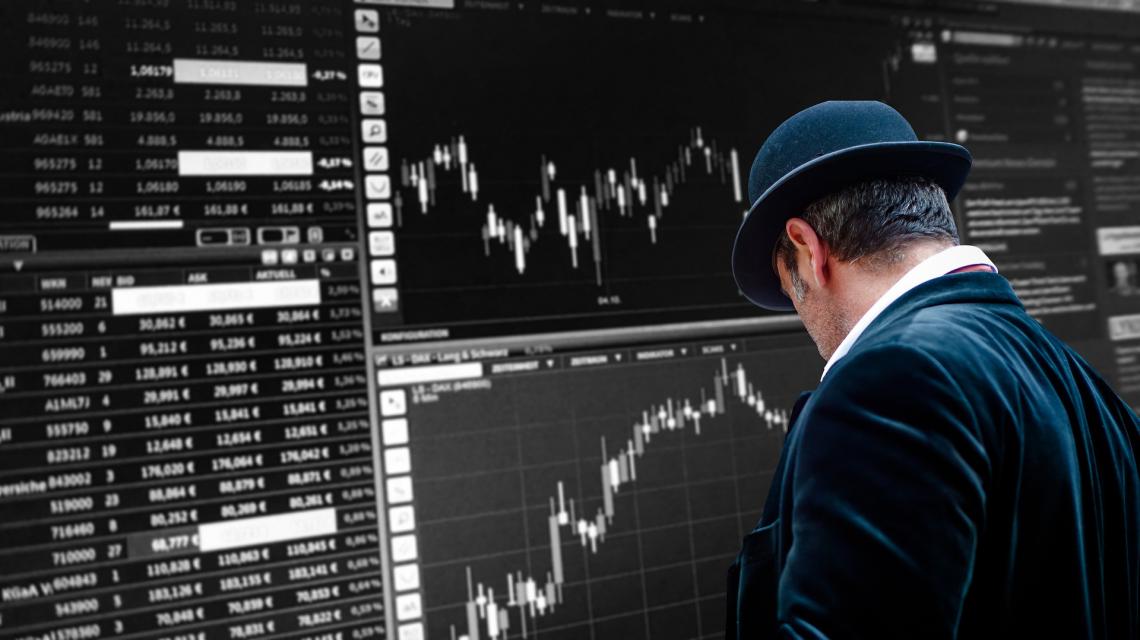
The investor might also ensure that their holdings are diversified among different regions of international marketplaces. For example, for illustration purposes, let's say that an investor possesses a portfolio of 50% each of domestic and overseas investments.
If the investor wants to make even more of a separation, they can divide his investment in the foreign market so that 30% will go to European and 20% to Asian markets.
3. Industry
Let's assume that the exposure across different sectors is as follows: 80% in stocks, where 30% is in healthcare, 25% is in technology, 20% is in finance-related services, 15% is in defense, and 10% is in energy.

If you, for instance, analyze the exposure of healthcare and energy, it is obvious that the healthcare stock will have a greater impact on portfolio returns than the energy stock. This is so because the healthcare industry is more exposed to the market than the energy industry is.
Understanding market exposure and categories
Such exposure refers to the potential for risk and profit for an investor, given the allocation of assets within a portfolio of investments.
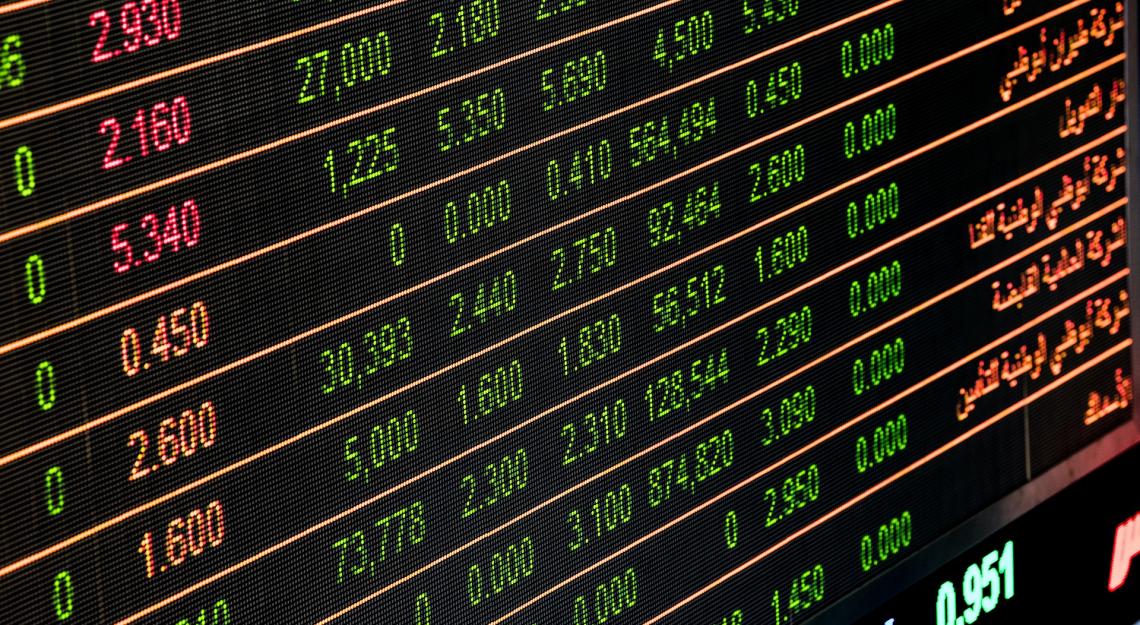
The amount the investor is exposed to potential loss due to those particular assets can be determined by the percentage of assets invested in any given asset class, market segment, geographic location, industry, or stock.
Market exposure can be divided based on several variables, enabling an investor to balance exposure via diversification to different asset classes, geographies, or industries to reduce the risks associated with certain investments.
One's overall market risk in that particular investing area increases with their level of exposure. If a certain location were to have a severe downturn, having too much exposure in that area could result in significant losses.
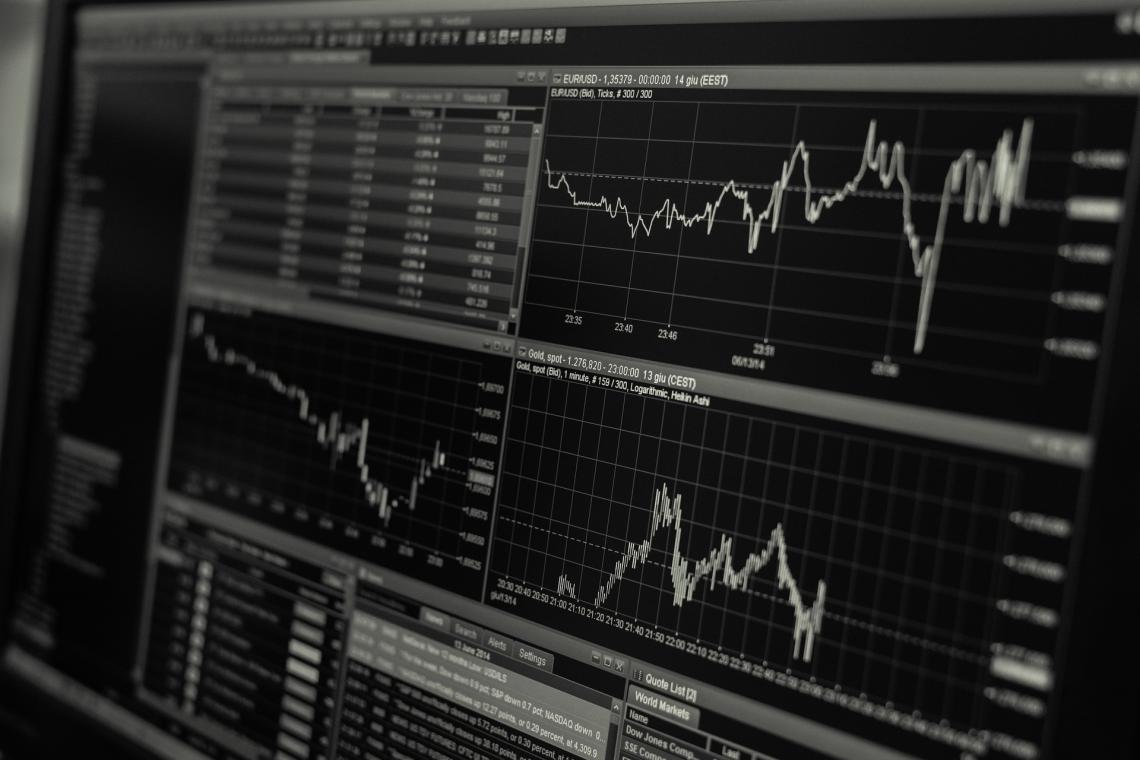
The categories are:
- Intensive
- Selective
- Exclusive
Market exposure risks often equal the amount of money an individual has put into a specific market. In other words, if the market performs poorly, investors risk losing the same amount of money they have invested.
For instance, if a portion of an investor's portfolio equal to 30% is invested in a certain asset, then the exposure for this specific investment will likewise be 30%.
Because exposure outcomes will continually fluctuate between profits and losses, market performance is erratic. Because of this, it is advised that investors diversify their portfolios to reduce the risk of market exposure in an already unpredictable market.
Exposure vs. diversification vs. risk management
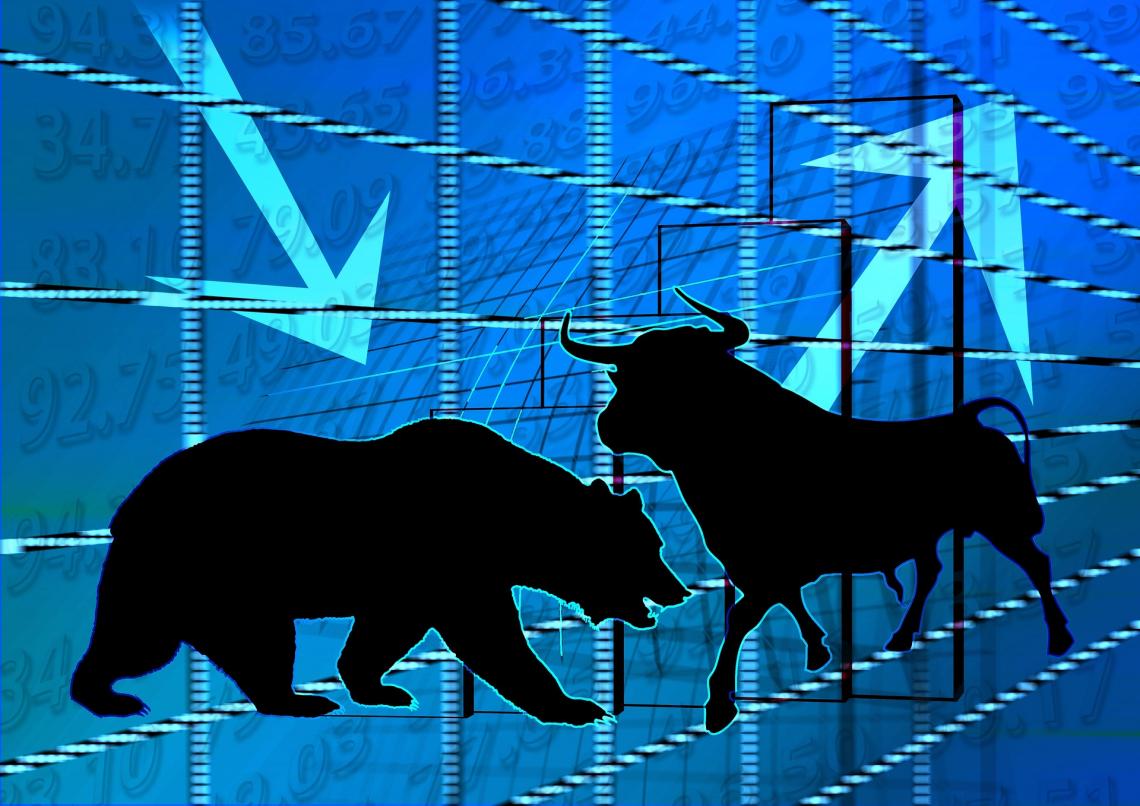
When defining a portfolio's overall asset allocation, it is essential to consider its exposure to specific securities, markets, or industries because diversity can significantly boost returns while lowering losses.
For instance, a portfolio with both stocks and bonds and market exposure to both is often less risky than one with exposure to simple equities. Therefore, this type of diversification lessens the risks associated with market exposure.
This is true for distributing assets throughout various asset classes or industries. Using the scenario mentioned earlier, selling 50% of those shares would reduce the investor's high market exposure to health care to 15% due to significant changes in the sector brought on by new government rules.
When choosing an asset allocation, it's crucial to take the entire risk exposure of the portfolio into account. Concentrating on risk exposure can significantly boost returns or reduce losses.
Market exposure must be categorized according to the portfolio owner's long-term investment goals. For instance, a risk-averse person could wish to reduce risk and will build a broad portfolio comprising both corporate shares and bond holdings.

It will be less hazardous than a portfolio made up of stock market securities. The latter, however, can offer the investor a more significant return. To prevent becoming overexposed to one industry or class of assets.
Industry professionals typically advise that portfolios should contain a wide variety of assets. For instance, holding stock in a company in the hospitality sector exposes the investor to more than just stock market swings.
They are also exposed to the current business climate. For example, investors stopped investing in the hospitality sector around the world during the COVID-19 pandemic due to the low performance of the market.
Summary
Market exposure is the total amount of money invested or the percentage of a portfolio allocated to a particular security, a group of securities, or a market sector. It is expressed as a proportion of an investor's entire portfolio holdings.

It is essential to determine the exposure level of your portfolio's asset allocation to specific markets or securities to secure high returns with less risk. In other words, identify the risk rate associated with your trading portfolio investments.
For instance, you can include stock and bond holdings in your portfolio to ensure lower risk, and diversification is the term used to describe this process. Through diversification, you can reduce risk by spreading your investments across several asset classes rather than just one.
The idea behind this is that, as an investor, you may fall back on your other asset investments for returns if one asset doesn't do well in the market. Therefore, mitigating risk requires understanding our exposure, whether we are investing in stocks, bonds, securities, or any other business activity we are engaged in.
Mitigating risk through exposure understanding means the ability to anticipate profit and loss.
Different business activities reflect different levels of exposure, but understanding exposure will allow us to highlight the successful business activities that we have engaged with.
We set our future investment plans to consider revisiting those successful activities.
We can look deeper into our exposure and create monitoring tools around it to enable the digitization of our understanding of the exposure. This can get us better readings and analyses of the financial gaps we could be prone to.









or Want to Sign up with your social account?